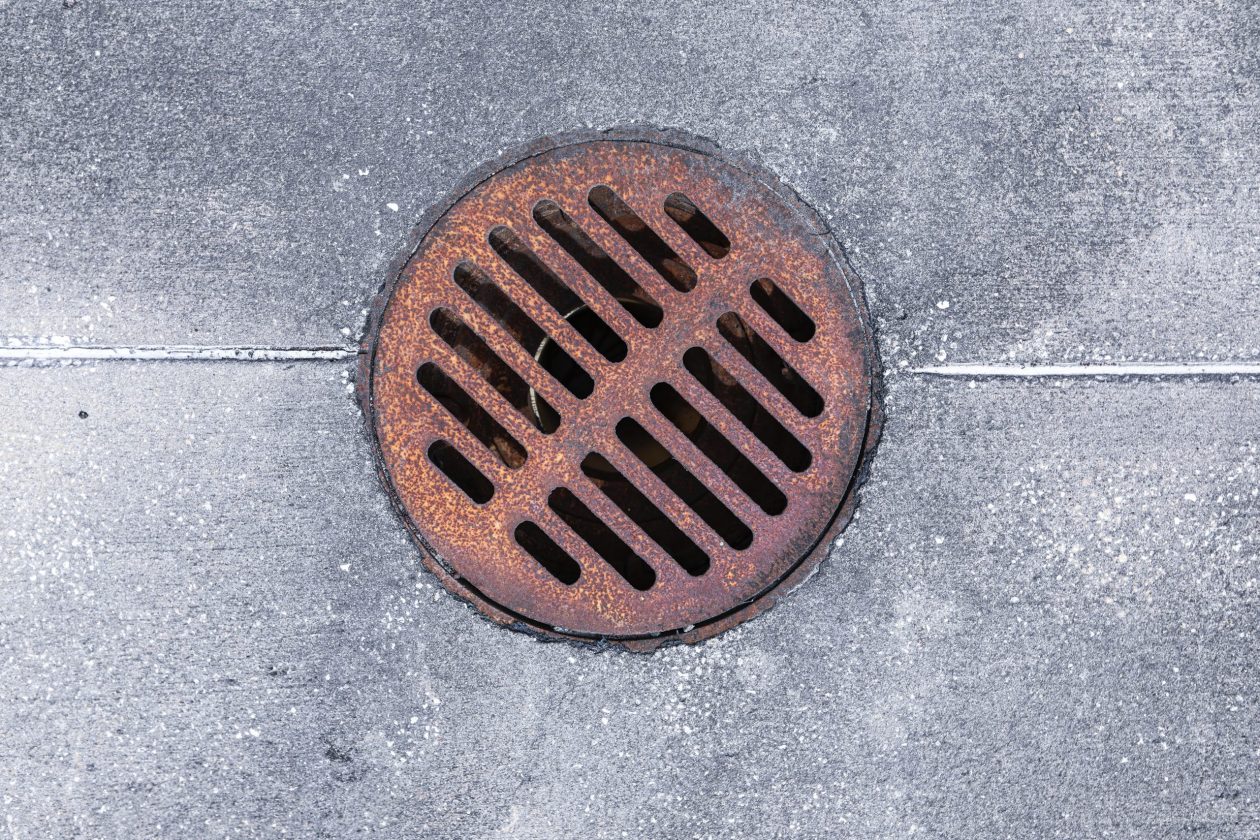A basement drain is the lowest exit point of your home’s excess water before it runs to a home sewer pit, city sewer system, storm drain, septic system, or sump pit. If you have standing water around your basement floor drain, try a drain auger or plunger to unblock the clog.
It is not uncommon for a basement floor drain to have a problem with a clog or water backing up into the basement. However, you must take action when you notice standing water around your basement drain.
Is a basement floor drain connected to the toilet/sewer drain? What is a basement floor drain for?
Floor drains are located at the lowest point of the basement, usually in a utility room, where a basement maintenance sink or laundry is located. A floor drain should not be connected to a toilet drain.
- Their sole purpose is to allow water overflowing from a laundry, dehumidifier, HVAC, water softener, or basement water after a heavy rain to exit your home.
- If your floor drain connects to your basement sump pit, your city ordinance likely dictates you cannot put detergents, salt, or chemicals in it.
- Some floor drains will connect to your home’s sewer drain. In these cases, you may smell a sewer odour; check that the floor drain trap isn’t dry. Pour a large pitcher or two of water down the drain every few weeks.
- Backflow during heavy rains is always a concern in older dual-connected-drains scenarios. If you have a sump pump system, alleviate the backflow. As drainage experts, we can help you with a sump pump solution.
- A floor drain is a smaller 2-3” drain than a toilet pipe which is a 3-4” drain (you should not connect a toilet to a floor drain.)
Standing water left in your basement quickly promotes more problems:
- Mould growth on organic coverings in the basement (fabrics) and ensuing health issues.
- Damage and mould growth to organic-based wall boards (drywall.)
- Damage to photos, artwork or posters.
- Lingering moisture is removed with a dehumidifier.
It is always a good idea to try a few approaches on your own or call a professional drain cleaning company. Best Plumbing and Drainage Contractors is a family-owned company helping Middlesex, Perth, and Huron county homeowners and commercial clients since 1972.
Do you wonder what the difference is between a plumber and a drainage contractor? Read our article here.
Best basement drain unclogging tips:
-
- Snake the cable of a drain auger into the drain and see if you can pull the clog out.
- If you have a drill, purchase a drain auger attachment and spin this into the drain opening.
- You may read online that baking soda and vinegar will break up a clog. However, it has been our experience that this rarely works.
- Try a plunger. First, pour a pot of boiling water into the drain, and wait a few minutes. The plunger must seal the complete drain opening and create a suction. This may work for hair clogs.
- It is never a good idea to use chemicals. They harm aquatic life and water system and are ineffective in the short-term or long-term against physical clogs.
- Call a professional with the right tools and equipment. The effectiveness rate is 100%; the expense should be a pleasant surprise and always be 100% worth the results.
- Never sweep your floor dirt and debris into the floor drain; it adds to the problem of clogs.
What causes basement floor drain clogs?
- Debris, hair, and dirt
Call us with any plumbing or drainage concerns at (519) 438 6565.
This post was written by Allan
June 24, 2022
Back to Blogs

